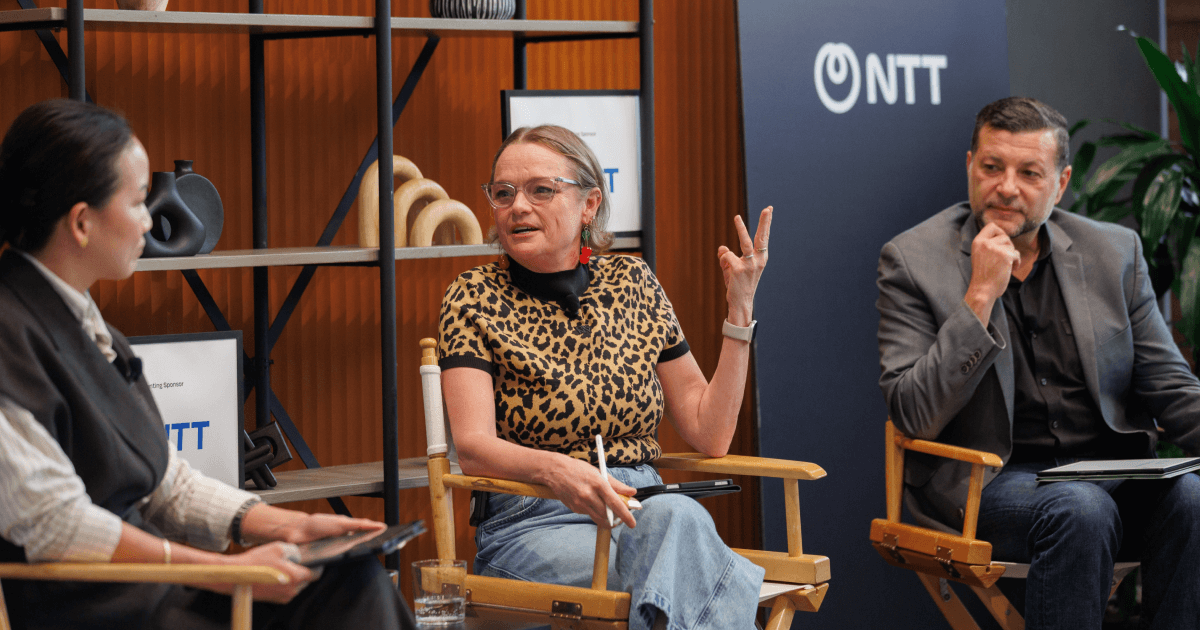But, we’ve always done it this way! When tradition becomes a trap


Innovation thrives on momentum. That’s why we call organizations that excel at sustained innovation frictionless enterprises — they’ve removed the roadblocks that inhibit bold ideas and have the resources and culture in place to innovate continuously and quickly. As momentum builds, innovation becomes self-sustaining, accelerating faster forward without getting diverted or disrupted along the way. Momentum makes innovation look and feel easy. It keeps the frictionless enterprise going.
While that’s important to realize, perhaps even more important, however, is the awareness that momentum has an “evil twin.” It looks and acts the same as momentum and promises to serve the same purpose. But just like all evil twins, it does the opposite of its virtuous counterpart, hurting instead of helping.
Many organizations mistakenly believe they have momentum to innovate — but what feels like wind in the sails is something else entirely. Instead of propelling innovation forward, it keeps that effort from ever getting anywhere.
The #1 enemy of innovation
Momentum’s evil twin goes by the name “inertia.” Over time, as organizations learn what works, they begin to “move” in a certain direction. As those attitudes and operating procedures become entrenched, organizations begin to move faster along the course they’ve already selected. As the pace picks up, it can feel like the company is gaining momentum. Nothing, however, could be further from the truth.
Inertia prevents organizations from innovating — efficiently, consistently, or at all — because it keeps them locked into the status quo. The past is prologue; the way things have always been done is how they will continue, even if people are claiming or trying to do things differently. People are creatures of habit, after all. Regardless of how much we may want to blaze new trails, muscle memory makes it hard to change course, as do the naysayers claiming that change is unwanted, unneeded, or unachievable.
Cannonballs move in one direction, and one direction only, because of inertia. It works the same at organizations.
Stopping it starts by seeing it, but inertia is more elusive than it seems. Evil twins, of course, are inherently hard to spot and notorious for mistaken identity, so how can decision-makers differentiate between momentum and inertia? Is the wave they’re riding carrying them towards big ideas… or farther away? Some common indicators of inertia include:
- Hierarchical organizations where change must go through multiple levels of approval, making it easier to repeat something than revolutionize it.
- Bureaucratic organizations where a cumbersome approach to oversight, governance, and risk puts new ideas and innovative thinking at a heavy disadvantage.
- Siloed organizations where momentum in one place cannot carry over into the rest of the company, so it never builds enough to produce meaningful change.
- “Ostrich” organizations where the number of people resisting change (with their head in the sand) either outnumbers or outranks those motivated to change.
One note of caution to be aware of: momentum requires guardrails. At flat organizations, for instance, the non-hierarchical structure helps momentum build, but it can then lead to sprawl and redundancy if not driven in specific directions. Unleash momentum, encourage experimentation, and fail freely — but don’t let that effort move in 360 different directions or else it will quickly run out of steam.
How to support (not sabotage) innovation
Becoming the kind of company that continuously innovates starts by acknowledging where ideas, people, and processes are the obstacles to change. The answers can be both difficult and surprising — but challenging assumptions, questioning traditions, and taking nothing for granted makes this effort as rigorous as it must be.
The hardest part comes next: replacing inertia with its “good twin” momentum. Doing so may mean bringing something to a complete pause, aiming it in a different direction, then trying to build speed from a standstill. It’s no small feat, much can go wrong along the way, and all the forces resisting change will put up their strongest fight.
One way to replace inertia with momentum is to use Geoffrey Moore’s four zones as a guide:
- The Performance Zone: The work done here gives your core value to the world. It’s what the world sees and, ultimately, thinks about your business. As such, its progress is actively measured by executives and investors.
- The Productivity Zone: The departments in this zone scale the Performance Zone. They’re critical but behind the scenes, like Marketing, IT, and Finance.
- The Incubation Zone: This is where bold ideas outside of the core business are created. These ideas may be used to expand the organization into a new market, modernize what the organization is currently doing, or improve the organization’s productivity. Consider it a “staging zone” for what comes next.
- The Transformation Zone: Any initiative that will fundamentally change the organization is created here. This zone operates in short bursts, is actively driven by the C-Suite, and ultimately reconfigures the Performance Zone.
No matter how you do it, it’s worth it. Organizations that simply assume what worked in the past will always remain potent will soon fall behind those competitors willing and able to innovate with momentum.
Learn more about overcoming the forces of institutional inertia and what it takes to create sustained innovation by downloading our Frictionless Enterprise book.



